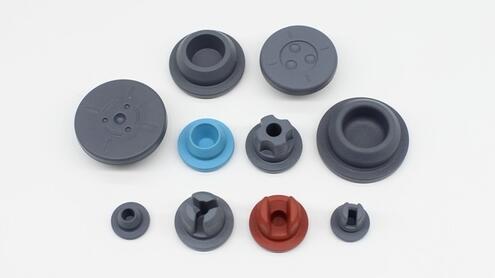The difference between butyl rubber plugs and natural rubber plugs
Butyl rubber plugs are mainly polyisobutylene, but the methyl group in polyisobutylene has a large steric hindrance, the molecule thermal movement is not active, so the gas transmission rate is small to medium, synthetic rubber and the number of molecules in the main chain doubled rarely, so and UV resistance, ozone resistance, weather resistance is very good, and heat resistance is also very high
Tree grates are mainly polyisobutylene, but the methyl group in polyisobutylene has a large steric hindrance, the molecule thermal movement is not active, so the gas transmission rate is small to medium, synthetic rubber and the number of molecules in the main chain doubled rarely, so and UV resistance, ozone resistance, weather resistance is very good, and heat resistance is also very high. And butyl rubber is non-polar, so it has good resistance to polar solvents, so it can give good chemical stability.

The advantages of butyl rubber plugs are summarized as follows.
(1) Good airtightness with very little permeability.
(2) Good resistance to high temperature.
(3) Good ozone resistance and weather resistance.
(4) Alkali and acid medium solvent.
(5) Poor water absorption and good resistance to radiation
Natural rubber plugs used for packaging, due to many problems, in natural rubber due to the presence of proteins, organic and inorganic substances, can cause adverse reactions, and natural rubber of non-polar rubber, so only some polar solvents can be used, and in the aging resistance, non-resistant to oil and non-polar solvents such as non-polar solvents prone to swelling.
The disadvantages of natural rubber plugs are summarized as follows.
(1) poor air tightness
(2) Poor resistance to chemical media
(2) Poor aging resistance
(4) Poor resistance to high temperature and radiation
(5) Poor weather resistance
(6) Low purity because it contains more separation of substances such as proteins that are not easily decomposed.